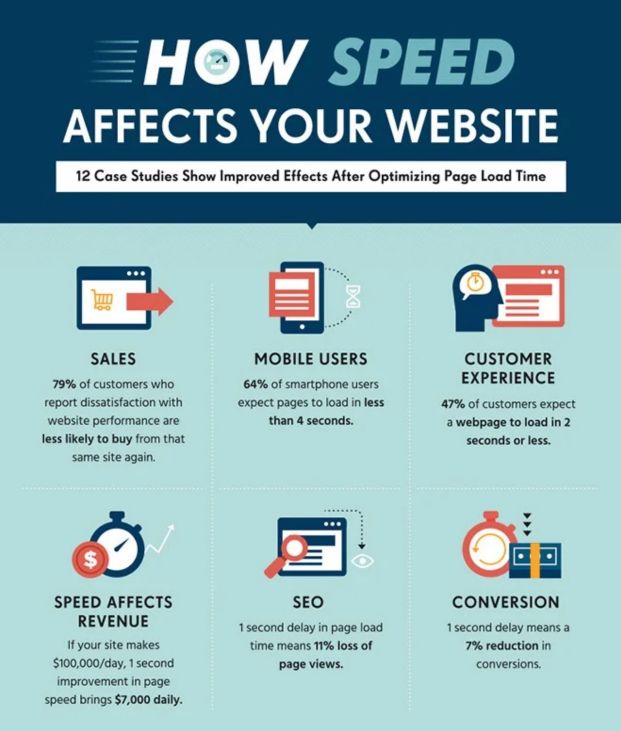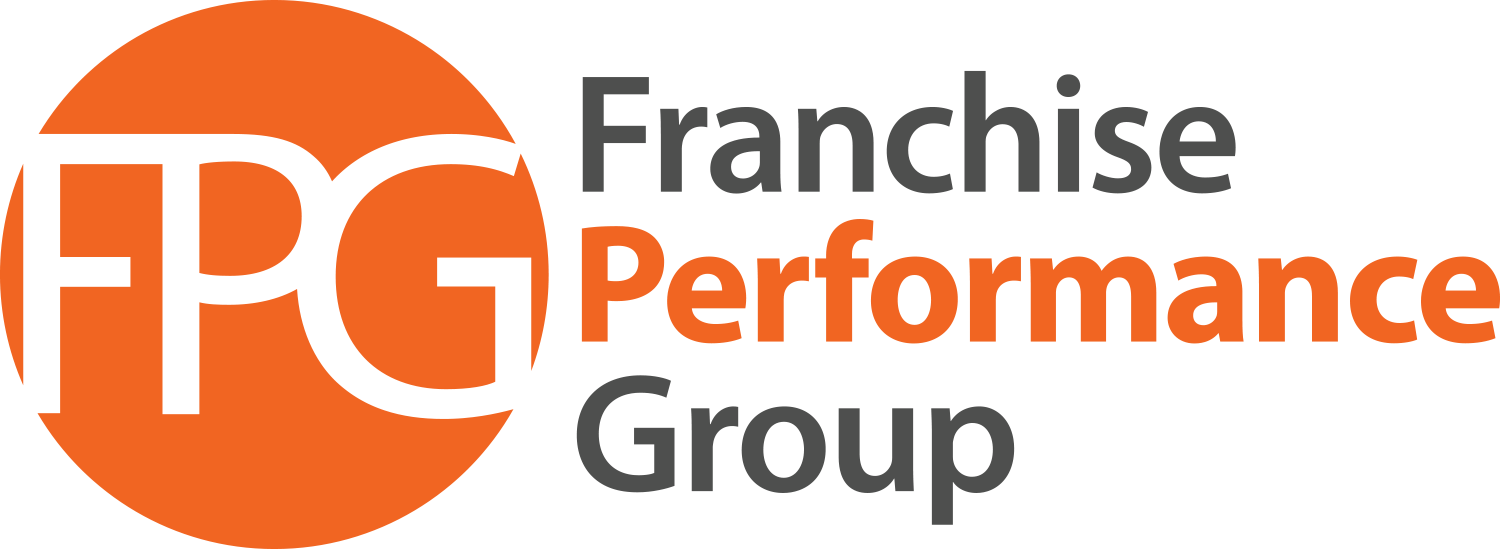
Users have no patience for slow websites. Optimizing the speed of your site can pay major dividends.
While troubleshooting an underperforming Google Ads account recently, we encountered a mystery. The ads were drawing plenty of clicks from interested prospects, but few of them were requesting franchise information once they reached the site. We were confident that the site’s content was solid, and the ads mimicked very successful accounts that we manage for other clients with similar business models.
So why was this client sucking wind?
It turned out to be a simple, but potentially devastating, technical issue. Their website hosting environment was painfully slow, creating a poor user experience.
Website speed matters. Slow sites kill deals.
Better/faster website hosting may be the highest single ROI choice a company can make. It usually only costs $10-$20 more a month, and it massively impacts results.
The client’s site was taking forever to load for new users. On desktop, the site took 7-15 seconds to fully load. That’s horrendous — and that’s with a fast broadband connection. On iPhone, it took 5-6 seconds before the browser displayed anything, and 24-25 seconds before the pages finished loading.
In terms of performance, that’s nightmare territory.

Speed has a major impact on the user experience, which impacts results. Click for Case Studies. Source: Hubspot
How slow sites destroy results
- If your site takes more than 3 seconds to load, users start abandoning you.
- Those who remain have less trust and are less likely to convert. To quote some feedback, “The site seems janky, which makes me wonder about these guys.”
- Google knows users don’t like slow sites, so it penalizes you in SEO.
- For the same reason, it gives you a lower Ad Rank in Google Ad auctions, meaning your ads are less likely to show and are more expensive.
- Facebook’s ad platform doesn’t seem to punish the visibility of slow sites as much as Google, but you still wind up wasting ad dollars because so many users quickly abandon the site.
So, the client’s slow website was dramatically impacting lead generation efforts, reducing the number of candidates in the sales pipeline and constricting the brand’s growth potential. That’s a lot of damage for something that can be fixed for the cost of a large pizza.
2 simple ways to gain speed and sales
The Hubspot graphic above links to a lot of great case studies showing the before-and-after impact of improved page speed. Bottom line: The faster your site, the more visitors will trust you and the more deals you will close.
Now, website speed optimization can get highly technical. There’s a lot of skill that goes into making a site lightning fast. But almost anyone can get a site cheetah fast.
Here are two things you can do:
- Upgrade your hosting. FPG enthusiastically endorses WP Engine hosting for WordPress sites. They’re not a partner. This is not a paid endorsement. But this is our first recommendation for hosting to all our clients. Their managed hosting plans include support, and they monitor threats (hackers, malicious bots) that could impact your site’s performance. They take proactive steps to protect your site. Plus, their servers are fast.
- Compress your image files. Great visuals make a website stunning, but unless you are careful, they can also make a website slow. Web designers and backend users sometimes upload uncompressed image files, which can be extremely large — several megabytes for a single image. While you need huge image files for print advertising, files can and should be much smaller for the web — no more than a couple hundred kilobytes in most cases; usually much less. Smaller files can be transmitted more quickly, which speeds up how quickly your site loads. By compressing image files, you can shave precious seconds off the load time of your site.
Need help with your lead generation efforts?
FPG has helped more than 120 franchisors grow their brands through improved lead generation, improved franchise sales, effective sales management processes, and executive consulting. If you need help, use the contact form below to reach out and let us know a bit about your challenge. We look forward to helping.
